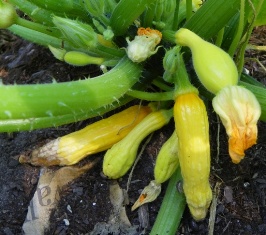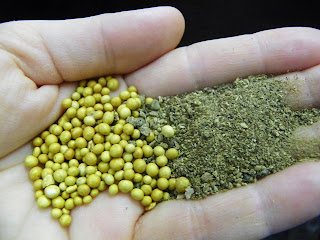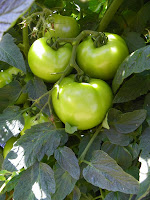Thursday, April 11, 2:00pm – 6:00pm
Friday, April 12, 8:30am – 6:00pm
Saturday, April 13, 8:30am – 12:00pm
Pender County Cooperative Extension Center
801 S. Walker St., Burgaw
A fantastic selection of affordable, high quality,
locally grown plants that flourish in southeastern North Carolina will
be available at the 2013 Pender Extension Master Gardener Volunteer
Association Spring Plant Sale, including vegetables, blueberries, Japanese maples, annuals, perennials, herbs, and more! Be sure to check out the ‘Master Gardener Grown’ tent where you will find different and unusual varieties of plants propagated and grown by Pender County Extension Master Gardeners!
Other items that will be available to purchase
include the Pender Extension Master Gardener Zone 8 Garden Planner and
our ‘Gardener’s Table’ cook book. New this year we will be accepting
payment by debit and credit cards in addition to cash and checks.
In addition to buying plants, this year’s sale
features several exciting opportunities to learn about gardening.
Signage for all plants will help gardeners select the right plant for
the right place and will indicate plants adapted to five common garden
challenges in our area: deer, sandy soil/drought tolerant, clay
soil/moisture tolerant, shade, and salt spray, as well as great plants
for butterflies, hummingbirds and pollinators.
Extension Master
Gardeners will be on site to answer your gardening questions throughout
the sale and will lead several live demonstrations on Friday, April
12th. All are free:
- 9:30am, ‘Wacky Containers’ with Meredith Smith
- 10:45am, ‘Propagation’ with Sandra Brown
- 12:00pm, ‘Japanese Maples’ with Para-Ash of Ash’s Japanese Maple Nursery
- 1:15pm, ‘Container Gardens with Style’ with Janet Autrey
- 2:30pm, ‘Easy-to-do String Gardens’ with Debby Shackelford
A free class on composting and cover cropping will
be held Saturday, April 13th, 10am – 11am. Led by Pender Extension
horticulture agent Charlotte Glen, this class will cover all you need to
know to start composting in your yard and how to grow cover crops to
improve your soil.
All proceeds from this sale benefit Pender County Cooperative
Extension’s educational programs. For more information call Pender
Cooperative Extension at 910-259-1235.


























